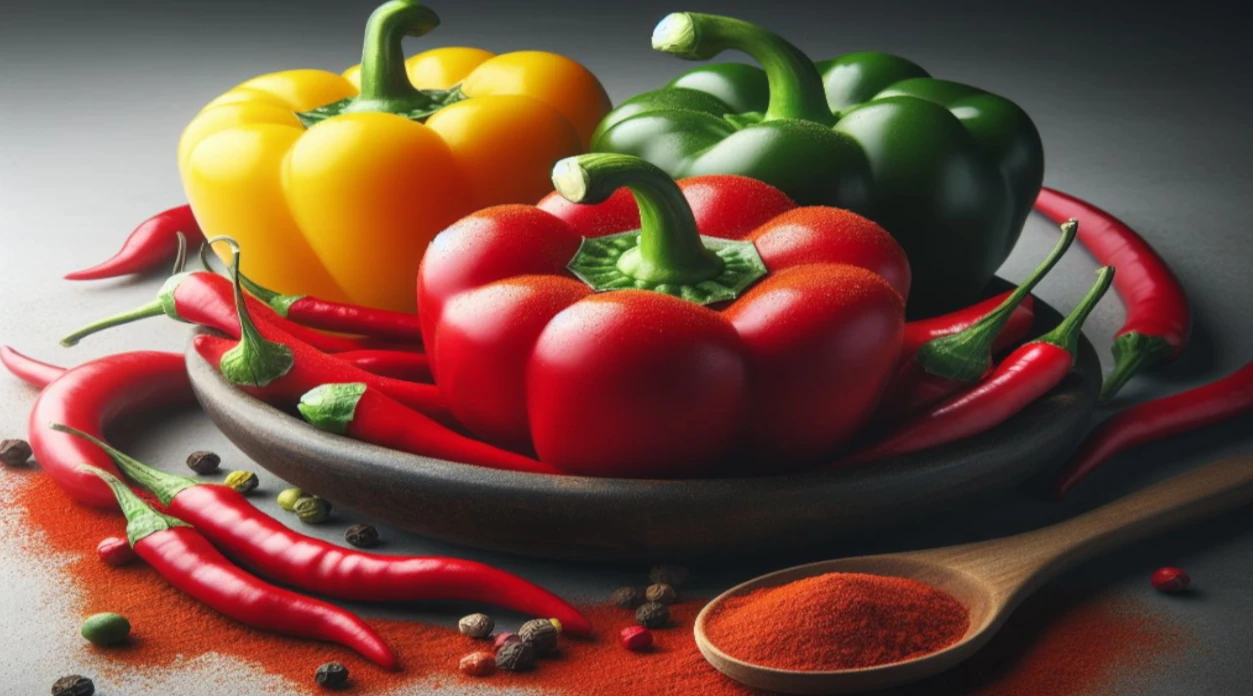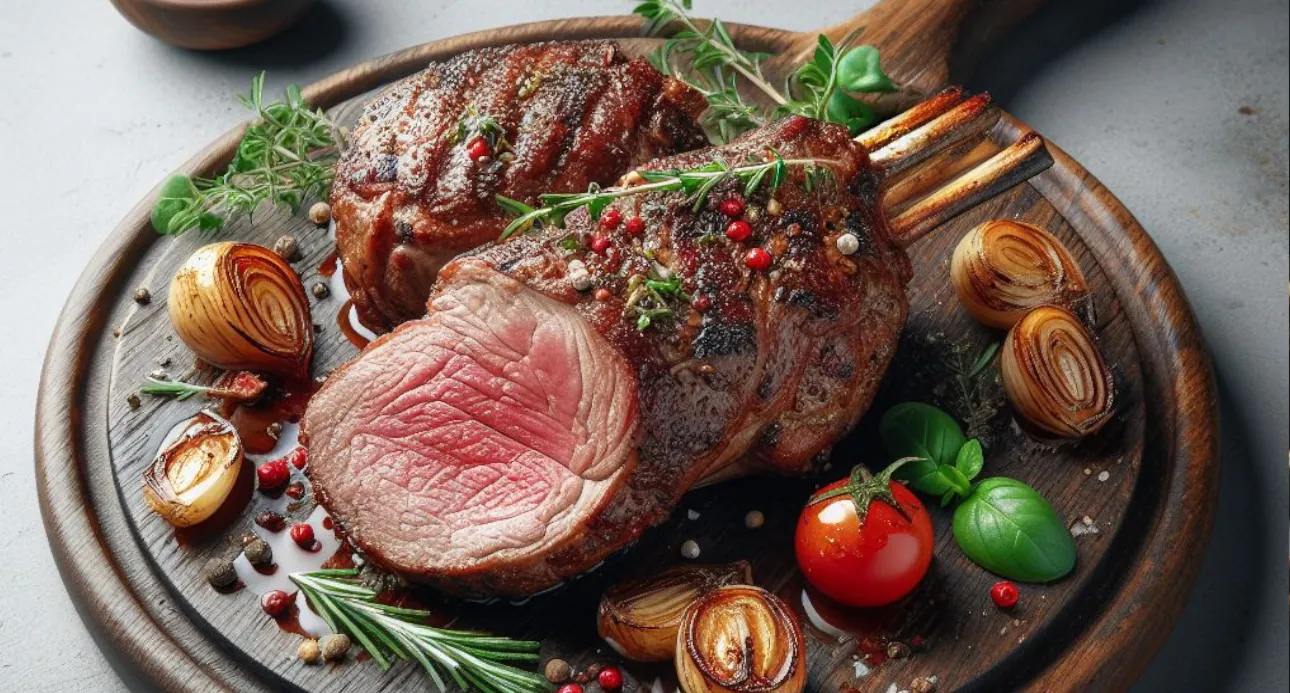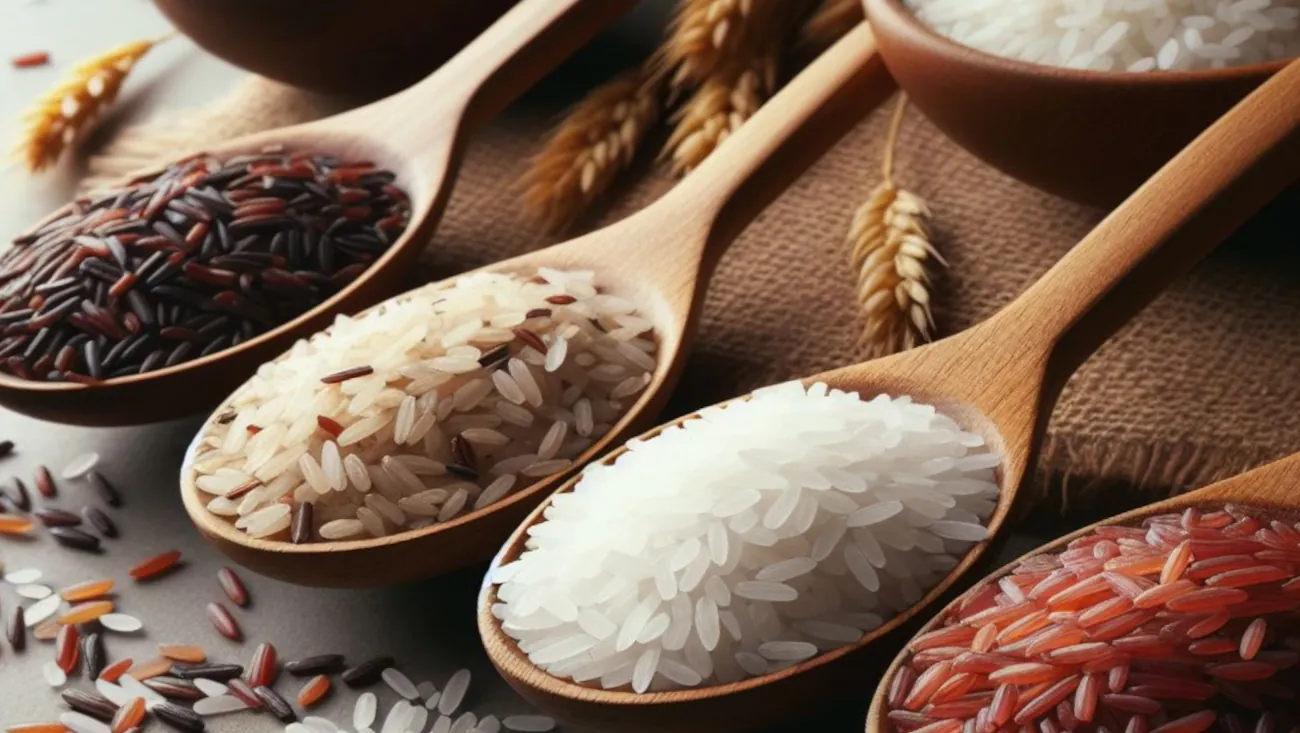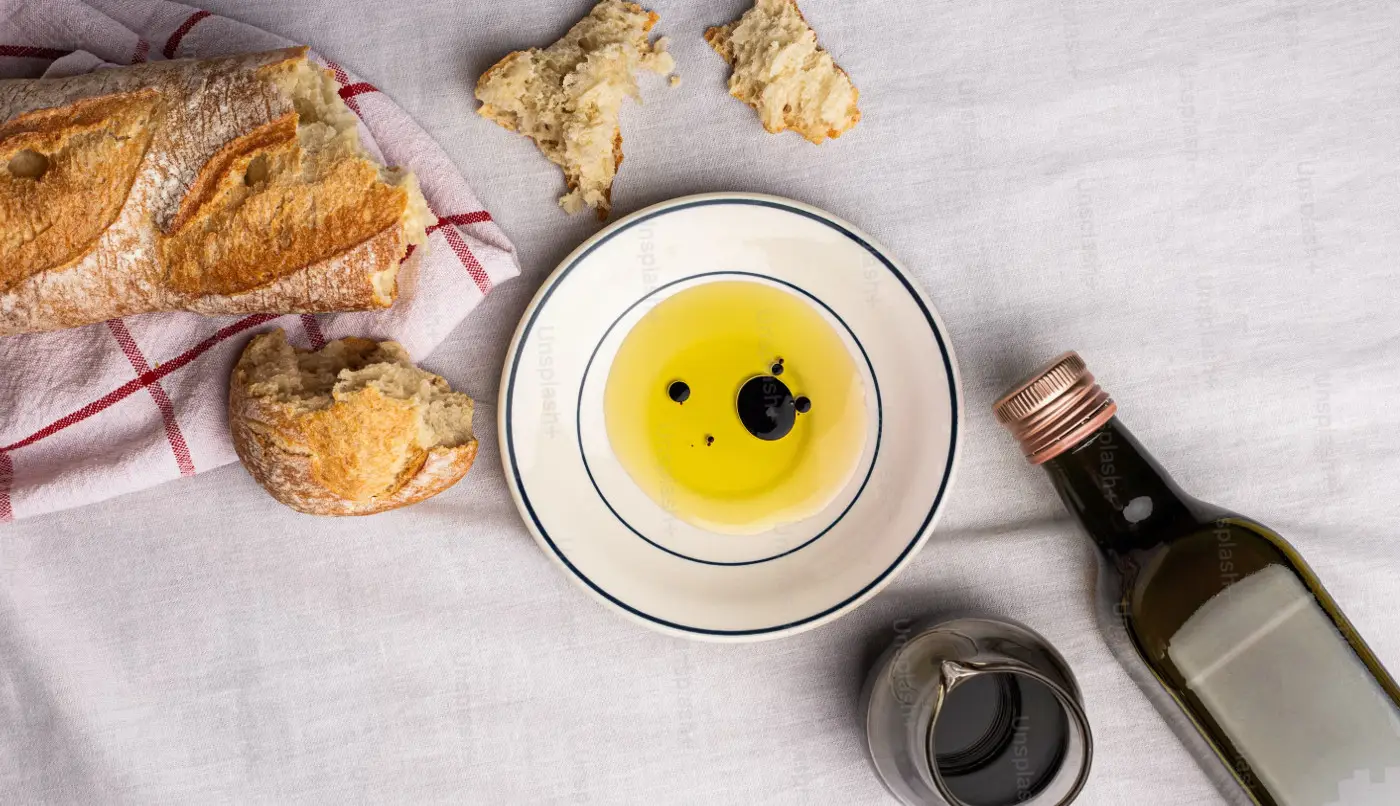Snapper Lysine and Arginine Info Sheet
Overview
Snapper is a common name for several types of fish that have a red or pink skin and a white, firm flesh.They can be cooked in various ways, such as grilling, baking, frying, or steaming. They have a mild, slightly nutty flavor.
Snapper is a good source of protein, selenium, vitamin B12, phosphorus, and potassium. It is low in fat and calories. It may help support cardiovascular health, muscle function, and metabolism.
| Name | Lysine (mg/100g) | Arginine (mg/100g) | Ratio |
|---|---|---|---|
| Snapper | 1882.35mg | 1223.53mg | 1.538 |
Snapper contains 1882.35mg of Lysine and 1223.53mg of Arginine per 100g of product.
This means Snapper has a high Lysine-Arginine ratio of 1.538.
Because Snapper contains much higher levels of lysine than arginine, it is highly recommended for people who suffer from herpes, as it may prevent outbreaks.
Lysine Considerations
Snapper fish is a great source of lysine. Lysine is an essential amino acid that is important for collagen synthesis, wound healing, immune function, and calcium absorption.
Snapper provides about 94% of the RDI of lysine for an adult.
Lysine can help prevent or treat cold sores, which are blisters caused by the virus HSV-1, also known as herpes.
Lysine works by blocking the growth of HSV-1, which needs another amino acid called arginine to multiply and infect cells.
Lysine can only be obtained through diet, and can be found in many high-protein foods like milk, cheese and yogurt, fish, eggs, meat and poultry.
Arginine Considerations
Arginine is a semi-essential amino acid that is involved in nitric oxide production, blood vessel dilation, and protein synthesis.
Snapper provides about 62% of the RDI of arginine for an adult.
Arginine can contribute to cold sore outbreaks, which are blisters caused by the HSV-1 virus, also known as herpes.
Arginine aids in the growth of HSV-1, which needs this particular amino acid to multiply and infect cells.
Arginine can be obtained through our diet, and is found in many high-protein foods such as nuts, seeds, and chocolate.
Regrettably, the herpes virus is known to "feed" on arginine, and a diet rich in arginine compared to lysine may increase the frequency and severity of cold sores and herpes outbreaks.
Lysine-Arginine Ratio
Snapper has a lysine-arginine ratio of 1.538, indicating a high lysine content.
This could potentially reduce the severity and frequency of herpes outbreaks.
This is because food higher in lysine can inhibit the availability of arginine for the herpes virus, which needs arginine to propagate. Fish in general is an optimal source of lysine.
Both lysine and arginine are important for protein synthesis and other bodily functions.
The two compounds can affect the herpes simplex virus, which is responsible for cold sores and genital herpes, in opposite ways.
Lysine can the human system or stop the virus from reproducing, while arginine can help it propagate.
Eating foods with a high lysine-arginine ratio could help lower the appearance and severity of herpes flare-ups.
Some foods that have a high lysine-arginine ratio are milk, cheese and yogurt, fish, poultry, fruits, and vegetables.
These foods can give the body enough lysine to prevent the virus from taking up arginine, and thus stop its growth and spread.
Dietary Considerations
Fish is a great source of lysine, which can help inhibit or lessen herpes outbreaks.
Fish also contains omega-3 fatty acids, which can relieve inflammation and improve cardiovascular health.
Most fish have more lysine than arginine, but some fish have a higher ratio than others.
Salmon, catfish, whitefish, mackerel, trout, and sardines are some of the fish that have the most lysine compared to arginine.
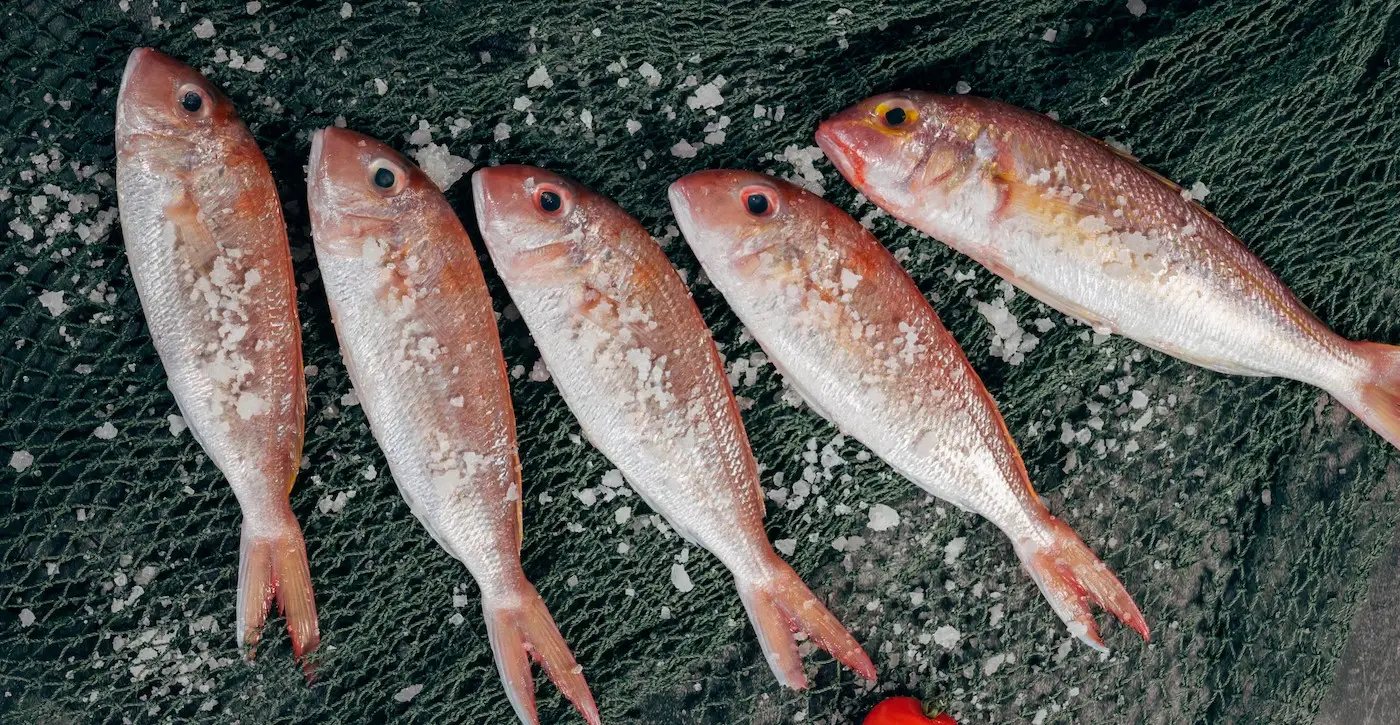
For example:
Make sure to drink plenty of water to keep yourself hydrated and eliminate toxins from your body.
Water can also help you avoid dryness and irritation of the skin and mucous membranes, which can lead to outbreaks.
Consider taking l-lysine supplements, which can help prevent herpes outbreaks and stop a cold sore before it emerges by limiting the availability of arginine for the virus, which it requires to produce a cold sore.
Other food supplements, such as vitamin C, zinc, selenium, and antioxidants, can help you boost your immunity and protect your cells from oxidative stress.
Eating foods that can soothe your symptoms and speed up your healing process, such as honey, yogurt, aloe vera, and chamomile.
These foods have anti-inflammatory, antiviral, and antibacterial properties that can reduce pain, swelling, and itching, and promote tissue repair.
Check more food information
